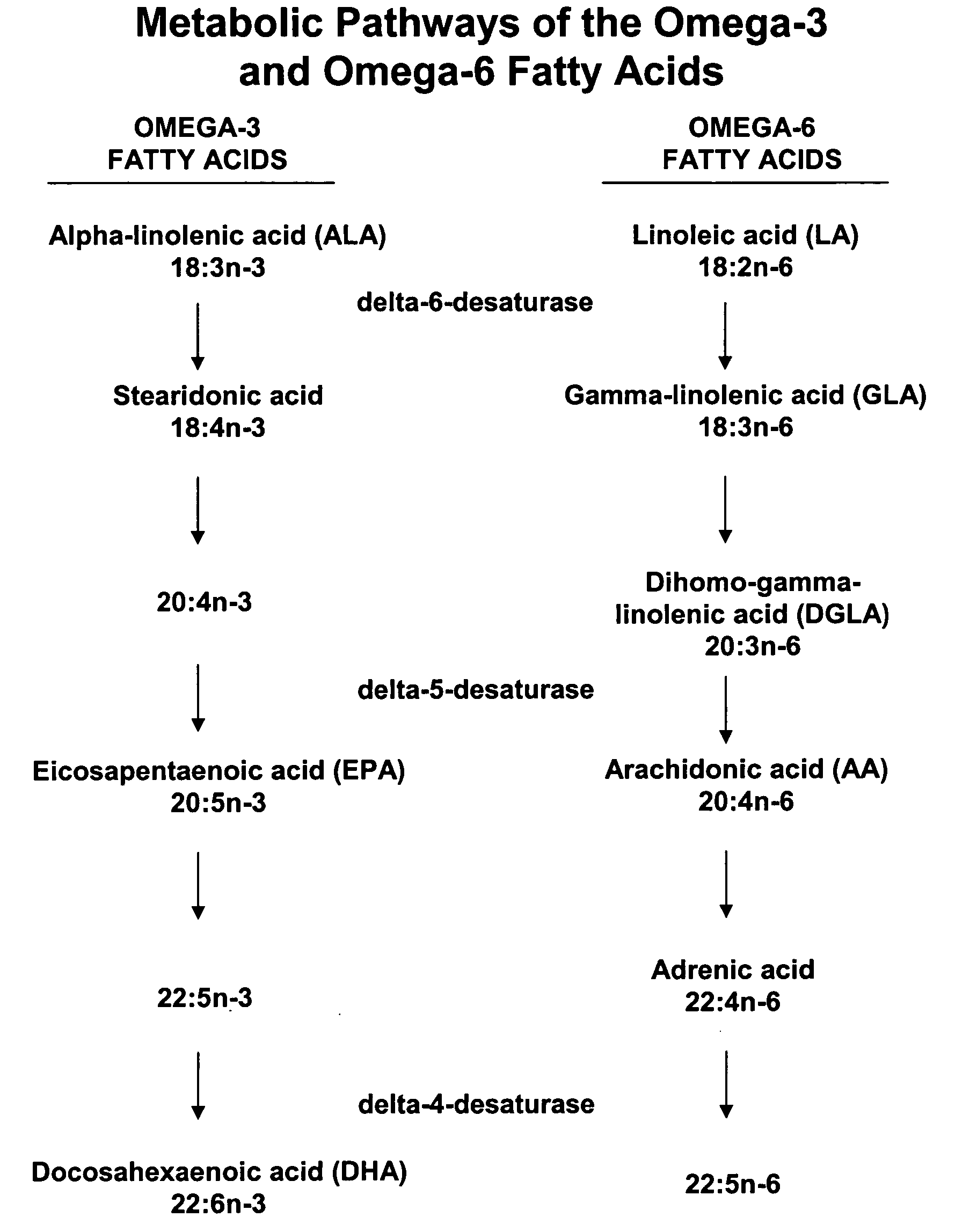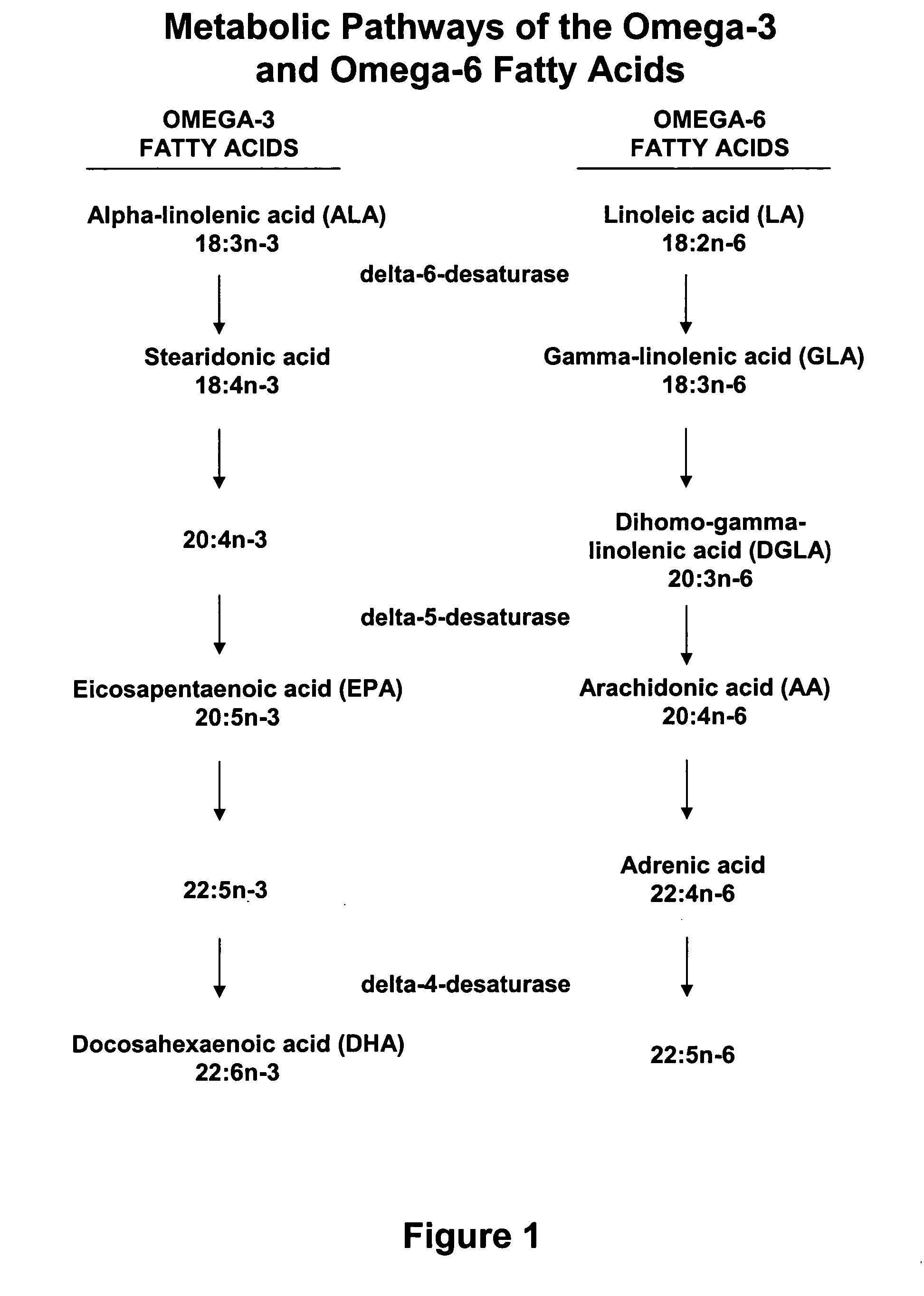Methods of pharmaceutical separation from plants
a technology of plant proteins and pharmaceutical separation, applied in the direction of plant/algae/fungi/lichens, biocide, peptide/protein ingredients, etc., can solve the problem of high levels of foreign gene expression, and achieve the effect of enhancing the translation of mrna transcripts and enhancing expression
- Summary
- Abstract
- Description
- Claims
- Application Information
AI Technical Summary
Benefits of technology
Problems solved by technology
Method used
Image
Examples
examples
[0121] These examples are for purposes of illustration and are not meant to limit the invention in any way.
examples 1-4
Purification of Plant Protein Products
[0122] Plants are harvested [0123] Whole plants or parts are placed in batches [0124] A batch is placed into a silent bowl cutter with six vertically rotating scimitar knife blades and a horizontally rotating bowl. Between about 200# and about 600# of ice and between 4# and 20# of NaCl are added along with a biological buffer such as sodium phosphate that will mediate pH between about 6.5 and about 8.0. Comminuting is conducted for between about 20 and about 100 cycles, until particle size of between 1 and 0.5 millimeters is achieved. Protease inhibitors, including phenylmethylsulfonlfluoride (PMSF), p-aminobenzamidine, tosylamino-2-phenylethyl chloromethyl ketone (TPCK), and pepstatin A are added to Cf 0.001-1.0 mM. [0125] The chopped mixture is then pumped into plastic tubes weighing between about 10# and about 30# and run through an immersion liquid N2 freezer [0126] Tubes are then stored in a holding freezer at between about −46° C. to abou...
example 2
[0135] Plants are harvested [0136] Whole plants or parts are placed are placed into a silent bowl cutter with six vertically rotating simitar knife blades and a horizontally rotating bowl. Between about 200# and about 600# of ice and between 4# and 20# of NaCl are added along with a biological buffer such as sodium phosphate that will mediate pH between about 6.5 and about 8.0. Comminutating is conducted for between about 20 and about 100 cycles, until particle size of between 1 and 0.5 millimeters is achieved. Protease inhibitors, including phenylmethylsulfonlfluoride (PMSF), p-aminobenzamidine, tosylamino-2-phenylethyl chloromethyl ketone (TPCK), and pepstatin A are added to Cf 0.001-1.0 mM. [0137] The chopped mixture is then pumped into plastic tubes weighing between about 10# and about 30# and run through an immersion liquid N2 freezer [0138] Tubes are then stored in a holding freezer at between about −46° C. to about 0° C. [0139] Tubes are removed and equilibrated to between ab...
PUM
| Property | Measurement | Unit |
|---|---|---|
| total pressure | aaaaa | aaaaa |
| temperature | aaaaa | aaaaa |
| temperatures | aaaaa | aaaaa |
Abstract
Description
Claims
Application Information
 Login to View More
Login to View More - R&D
- Intellectual Property
- Life Sciences
- Materials
- Tech Scout
- Unparalleled Data Quality
- Higher Quality Content
- 60% Fewer Hallucinations
Browse by: Latest US Patents, China's latest patents, Technical Efficacy Thesaurus, Application Domain, Technology Topic, Popular Technical Reports.
© 2025 PatSnap. All rights reserved.Legal|Privacy policy|Modern Slavery Act Transparency Statement|Sitemap|About US| Contact US: help@patsnap.com


